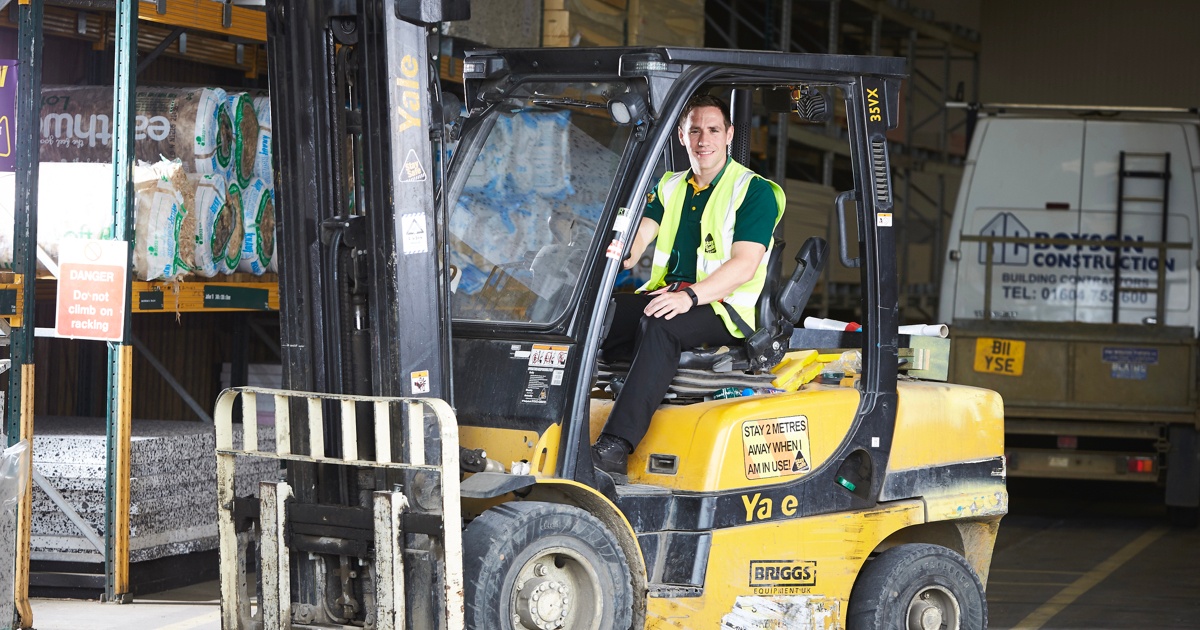

Travis Perkins PLC, the UK’s largest supplier of building materials, decided to focus its attention on the financial wellbeing of its more than 24,000 employees. According to Paul Nelson, Group Head of Reward, “Financial challenges for many of our colleagues are the most serious issue they are grappling with today. It is inevitable that those issues come into work with them and affect how they go about their jobs and how they interact with our customers.”
The company set out to develop a financial wellbeing program to improve the overall wellbeing of the workforce and the organization. It began by creating a comprehensive set of objectives focused on improving employee engagement, reducing absence, improving safety, embracing the multigenerational workforce and being seen as an employer of choice.
The program had to be multifaceted to achieve all of these objectives. “We wanted to build a mature, modern, comprehensive financial wellbeing strategy, from saving to investing and knowledge and education to intervention and support,” says Carol Kavanagh, Group HR Director. The award-winning program definitely ticked these boxes, and will continue to do so as they make further progress and improvements in the financial health and wellbeing of colleagues.
Financial challenges for many of our colleagues are the most serious issues they are grappling with today.
The Play
Travis Perkins created a unique and comprehensive suite of solutions aimed at meeting the needs of a diverse workforce. They did this by looking at and addressing financial wellbeing in two key ways.
First, they mapped out what they called an employee’s “life journey,” looking at the financial situations that employees faced at different stages of their lives—from when they begin their careers all the way out to retirement. Some points on the typical journey included dealing with student loans, buying a first home, getting married, having children and caring for dependents.
Next, they mapped out an employee’s “financial health,” creating three health categories, from slipping to balanced and, finally, to comfortable.

With these two areas clearly mapped out, they next aligned the products and programs they’d put in place to improve the financial health of all employees, regardless of life stage. They used strategic partners to deliver financial products, awareness and education relevant and unique to each life stage and challenge.
This end-to-end approach was key, because “people need life skills on how to manage their finances. There’s little point having financial products if they don’t have enough information to decide how to pick and choose them,” says Simon Naylor, Head of Group Benefits. This holistic approach is paying off, and now Travis Perkins is looking at how to build out the next stage of the journey with the introduction of savings-led products, so that once colleagues achieve balance, they are “nudged” to consider how they can start saving for comfortable futures.
In Practice

Get the book
Media & Press
Special Resources
Copyright © 2017. Cookie Policy Privacy Policy
Made with love in London, Macedonia, Plovdiv, New York, Boston, Chennai & Sydney. Credits.
All proceeds from book and merchandise sales go to The RG Foundation. Programme running costs are generously sponsored by Reward Gateway